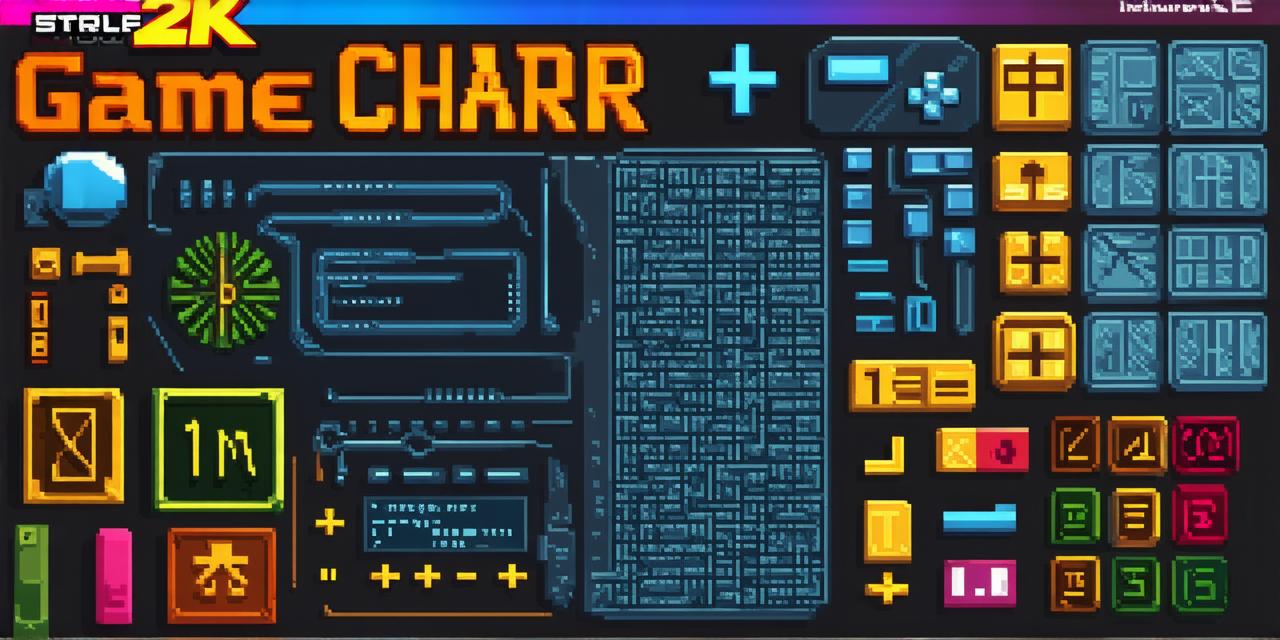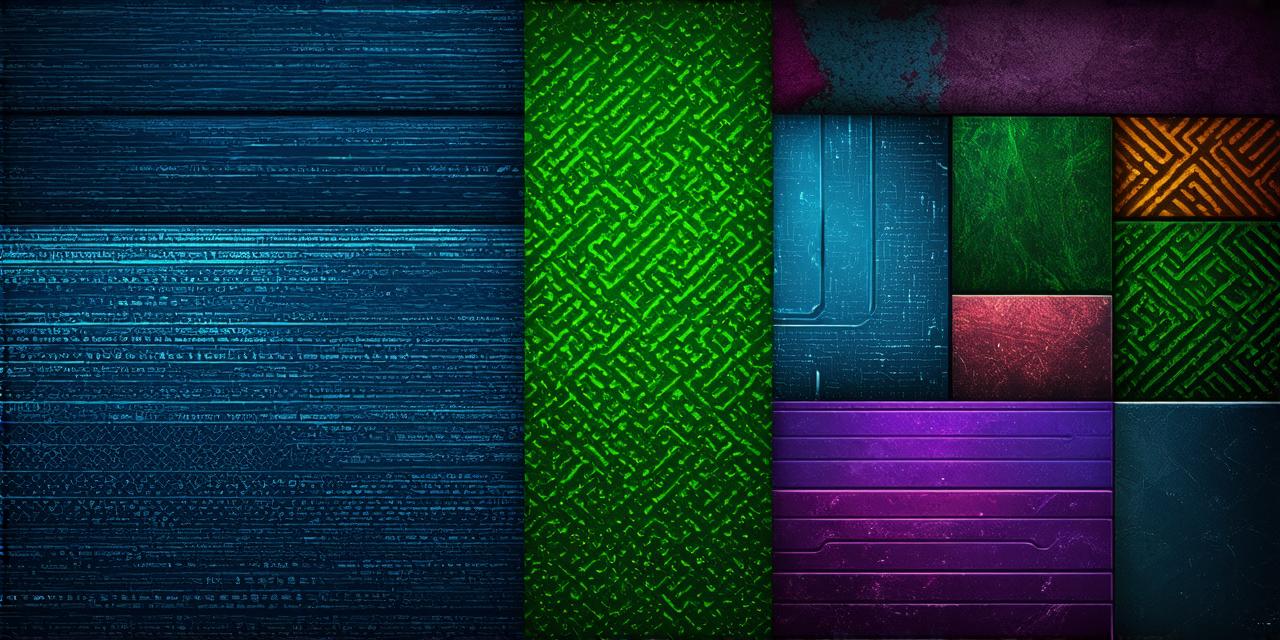Math is often overlooked as an important tool in game development. However, it plays a crucial role in creating engaging and immersive gaming experiences. In this article, we will explore the many ways math is used in game development, including physics simulations, level design, and user interface (UI) elements.
Physics Simulations
One of the most well-known uses of math in game development is in physics simulations. These simulations allow developers to create realistic physical effects in their games, such as gravity, collisions, and projectile motion. Without a solid understanding of physics, these simulations can quickly become inaccurate and unrealistic, detracting from the overall experience of the game.
Level Design
Math is also used extensively in level design. Developers use mathematical algorithms to create puzzles, obstacles, and other challenges for players to overcome. These algorithms take into account factors such as player movement, gravity, and collision detection to ensure that levels are both challenging and fair. In addition, math is used to create procedural generation, which allows developers to generate randomized levels with minimal input.
User Interface (UI) Elements
Math is also used in the creation of UI elements, such as buttons, sliders, and menus. Developers use mathematical concepts such as ratios, proportions, and geometry to create visually appealing and intuitive interfaces. Without a solid understanding of math, these elements can become confusing or difficult to use.
Case Study: Portal 2
One of the best examples of the importance of math in game development is Portal 2. Developed by Valve Corporation, Portal 2 is a puzzle-platformer game that uses physics simulations and mathematical concepts to create its gameplay mechanics. The game’s central mechanic revolves around portals, which are two-dimensional areas that can be used to teleport the player or objects. To create these portals, players must use math to solve puzzles and navigate through the game’s levels.
Expert Opinion: “Math is a fundamental tool in game development. It allows us to create realistic physical effects, design challenging puzzles, and create visually appealing interfaces. Without a solid understanding of math, these elements can quickly become inaccurate or difficult to use.” – John Carmack, co-founder of id Software
Real-Life Examples
Math is also used extensively in real-life examples, such as in the field of engineering and architecture. Engineers use math to design bridges, buildings, and other structures that can withstand the forces of nature. Architects use math to create visually appealing and functional buildings that meet the needs of their clients. In both cases, a solid understanding of math is essential for success.
FAQs
1. Can I become a game developer without a strong background in math?
While it’s possible to become a game developer without a strong background in math, it will greatly limit your ability to create engaging and realistic games. Math is an essential tool in game development, and a solid understanding of it is necessary for success.



